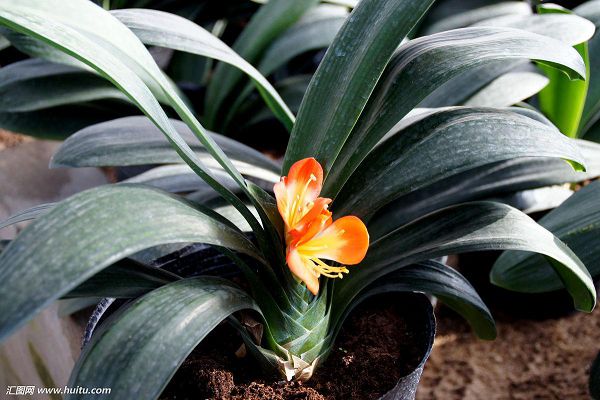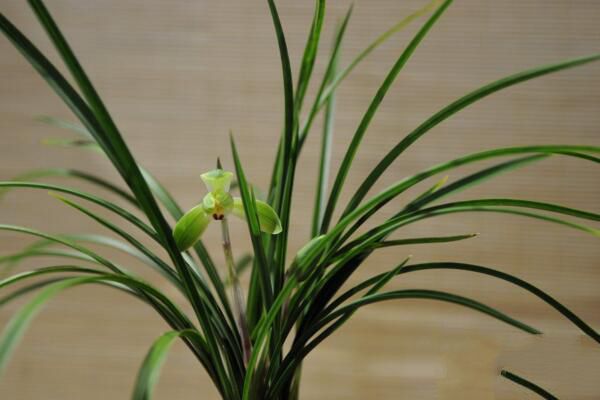What about the rotten roots of a gentleman's orchid? The cause of rotting Root of Cymbidium and its Rescue method

Cymbidium is a common flower variety in our life, and many flower friends say that their own orchids are easy to rot but do not know why. In fact, when the root of the orchid is injured, its leaf surface will slowly turn yellow, if we do not find and deal with it in time, it will cause the root of the orchid or even the whole plant to rot. Today, the editor is going to take you to understand the causes of the rotten roots of Magnolia and the ways to save them.
Generally speaking, there are several reasons for the rotting root phenomenon of Cymbidium:
1. Environmental discomfort
When the orchid is in an environment where the temperature or humidity is too high, and there is no good ventilation, it is easy to cause rotting roots.
two。 Excessive fertilization
Too much fertilization will lead to the accumulation of fertilizer in the roots of Cymbidium, while the non-fermentation of fertilizer will lead to a rise in the surrounding temperature, when the roots of Cymbidium are easily burned by high temperature, resulting in rotting roots.
3. Root injury
When we plant new orchids or change pots, we may hurt its roots because of carelessness. If we do not find this situation or do not deal with it in time, it may lead to rotting roots of magnolia.
4. It is uncomfortable to choose a basin or basin soil.
When we choose ceramic pots and plastic pots with relatively poor air permeability, it is easy to lead to poor air permeability and water permeability of magnolia, which leads to the phenomenon of rotten roots. And when we choose the basin soil quality is poor or not suitable for the gentleman orchid, it will easily cause the rotting root of the gentleman orchid.
Rescue method:
We can first carefully knock the rotten roots out of the basin soil and remove the soil, subtract the roots, wash them with water, and then smear the rotten roots with potassium permanganate solution. After that, all the leaves are wrapped in white paper, leaving only the roots, facing the sun for half an hour, and sterilizing with ultraviolet rays.
After the treatment of the above methods, if only a few roots of the diseased plant rot, it can be directly planted in the sterilized nutritious soil, and the growth can be restored after less watering in the first half of the month; if more than half of the roots of the diseased plant rot or all rot, then we should plant it in a basin filled with fine sand and sprout new roots in the shade, wait about two months for new roots to grow, and then replace them with nutritious soil to carry out normal cultivation.
Related
- Is the orchid suitable for indoor use? Is it good for the body?
- How to prevent the empty root of orchids?
- What to do after the crab claw orchid is withered?
- Why are the leaves of orchids always yellow? Fertilizing and watering.
- Can the root of the gentleman orchid be saved if it is rotten?
- Diagnosis and treatment of cotton-blowing beetle insects in Cymbidium
- There is a way for a gentleman's orchid to rot.
- What is the most suitable temperature and humidity for the orchid?
- How to raise a gentleman's orchid? Cultivation techniques of Cymbidium
- How to prepare the nutritive soil for the cultivation of Cymbidium



